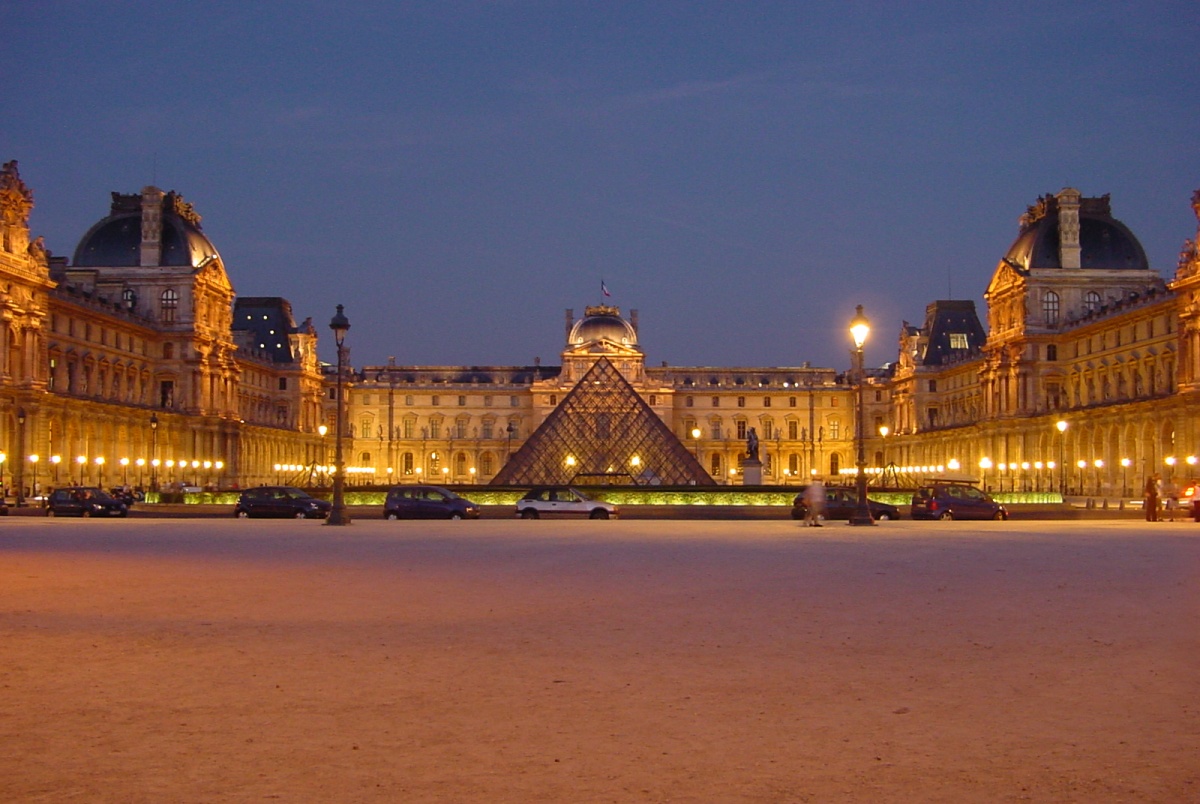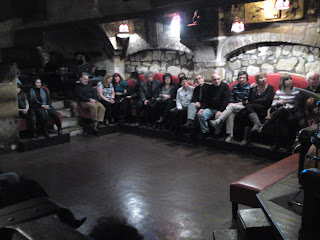
The word "interpretive" should be banned from the list of words allowed to describe art. It's vague, cliché, and the ignorant viewer's scapegoat attempt at summarizing an event.
That said, today I witnessed the first ever Concerto for Florist and Ensemble. Or as the composer himself described, "the world's best concerto for florist ever...and the world's worst concerto for florist...ever." Needless to say, I was excited to see what would come from this collaboration. If nothing else, I wouldn't pass up a chance to see Charlotte. She was wearing a fluffy black jacket and pink shoes, adorable as ever. The piece took place in the courtyard of the Cantor Arts Center, at Stanford, where the setting sun cast a Tuscan glow over the audience that spilled to the limits of the space.
After the usual Mark introductions, comedy laced with a minor diatribe about support from the music department, the ensemble began their stopwatches with Mark's conductive gesture and a downbeat of silence. This movement initiated the beginning of the piece, as well as laughter from the audience that would embody its own melody, adding an extra layer the polyphonic composition. That is-- if one could consider the music to consist of recognizable melodies at all. Nevertheless, the piece did feature several paradigmatic musical elements. The elements, however, were produced using typically "non-musical" artifacts. Notions of repetition were provoked by a ritualistic cutting of a white chain-link strand by each member of the ensemble. The ensemble also performed the equivalent of pedestrian "sampling" as one musician removed a new package of socks from a basket and the next musician changed into the socks a few minutes later. One man typed a letter, another stamped it, the man returned and shredded it. In this way, the ensemble worked synergistically, each member drawing on an unconventional motif that another member established.
In contrast, there were few points of synchrony between the florist and the ensemble. In many ways, the florist provided the visual accompaniment to the aural landscape created by the musicians. I was somewhat disenchanted by the lack of observable relation between the florist and the ensemble; yet, I was reminded of Mark's roots in Dadaism and his various allusions to the Cunningham-Cage relationship. Beside the choreographed end where the Florist sipped his readymade martini and cut a final branch from his arrangement in time with the ensemble's final note, the two artistic entities created separately.
Most notably, I never realized the abrasive nature of floral composition. The florist, James Delprince, decapitated roses and skinned artichoke hearts with a short handled blade before piercing the florist foam with the freshly cut stem. Delprince carried a furrow in his brow and a deterministic pace throughout the performance. His gestures stood in stark contrast to the Japanese art of ikebana. His creations traisped along the border between precision and improvisation much as the music itself did. Furthermore, the work as a whole spoke the constant dialogue between the industrial and the organic. The flowers, the hardward tools, the instruments, and the tools of domesticity. A balance of masculine and feminine in less gendered roles. The infamous drum beats against what could only be described as "scaticolo," Terry Longshore's mesmerizing mélange of scat and picolo. As Delprince performed the equivalent of de-spining a long stemmed calla lily only to plunge it into plastic pipes--I couldn't help be feel a visceral gutting myself. There was something violent about taking the life out of this source of "beauty" and "purity."
A letter was stamped and sent, a chain meticulously measured, and a martini mixed. I contemplated Paris Applebaum and Stanford Applebaum, always ready to mediate the line between discipline and creation as shown by his publicity photo that recalls Botticelli's Venus, straight out of the clam. Priceless.























